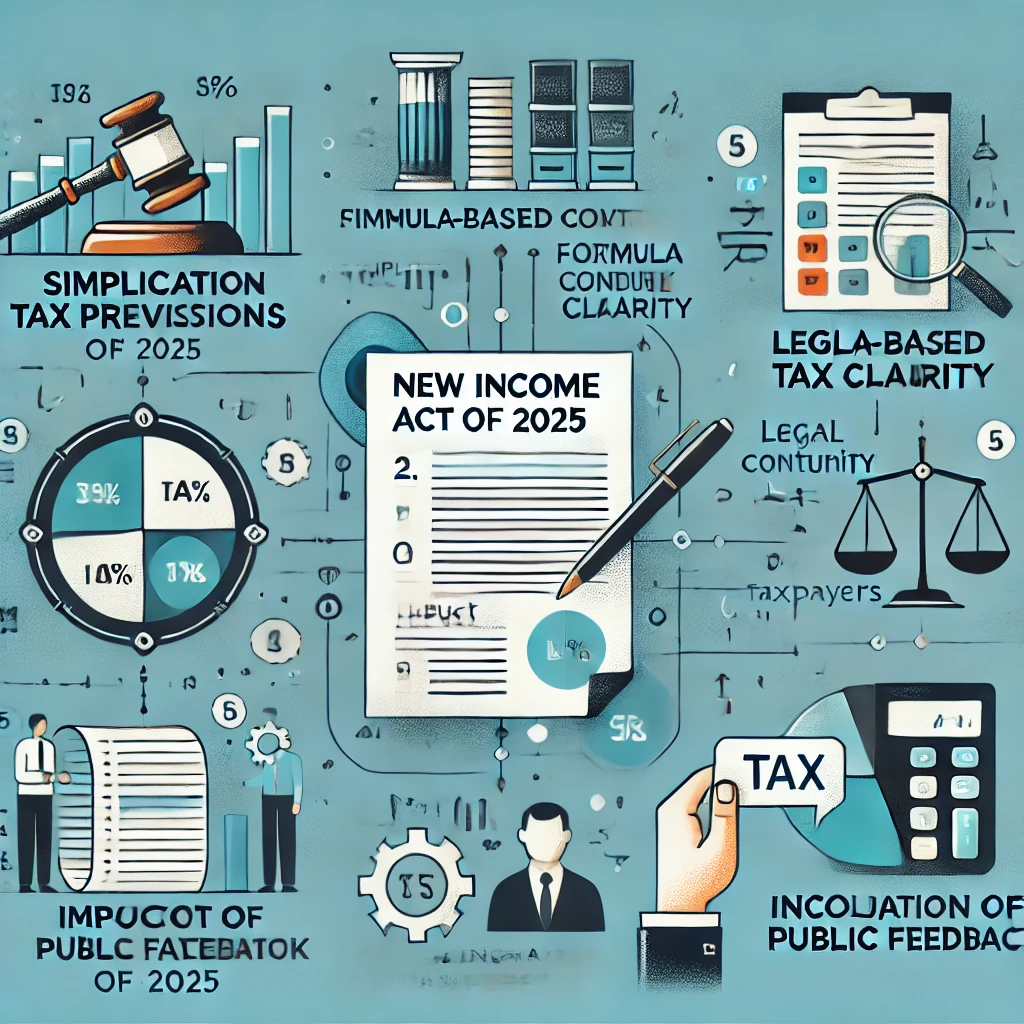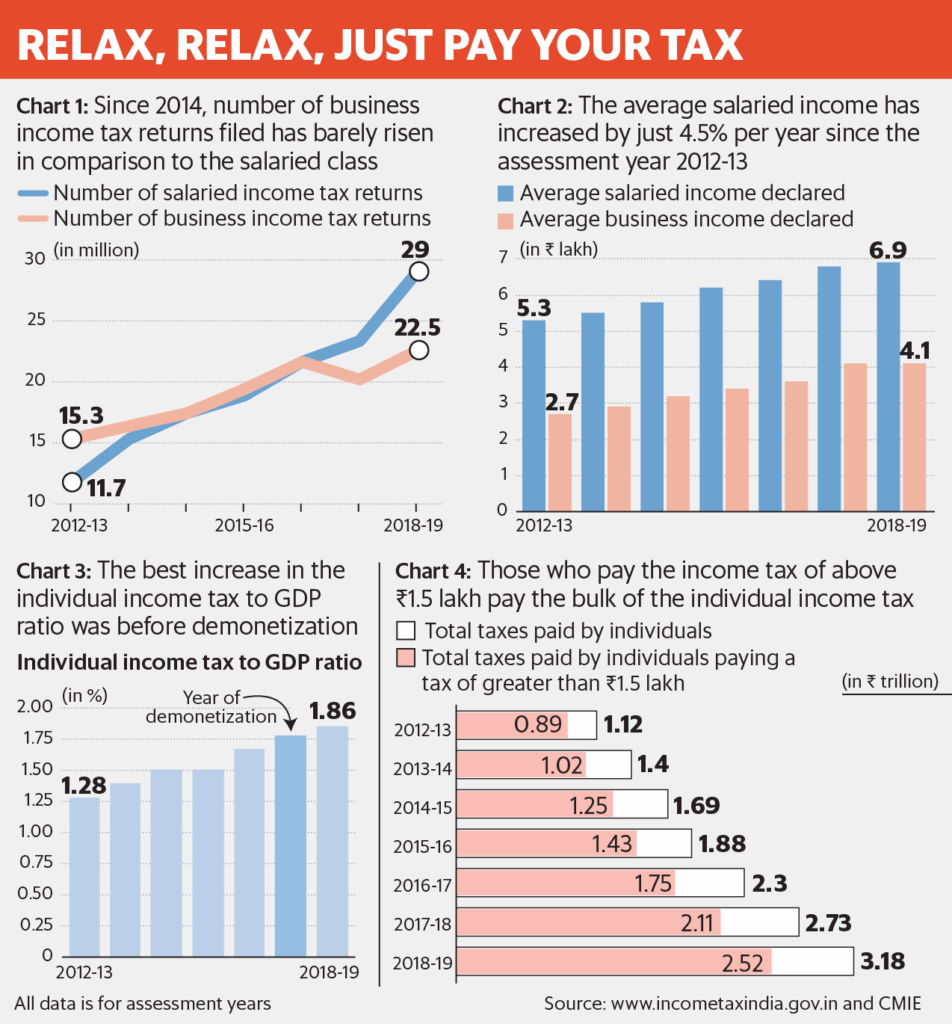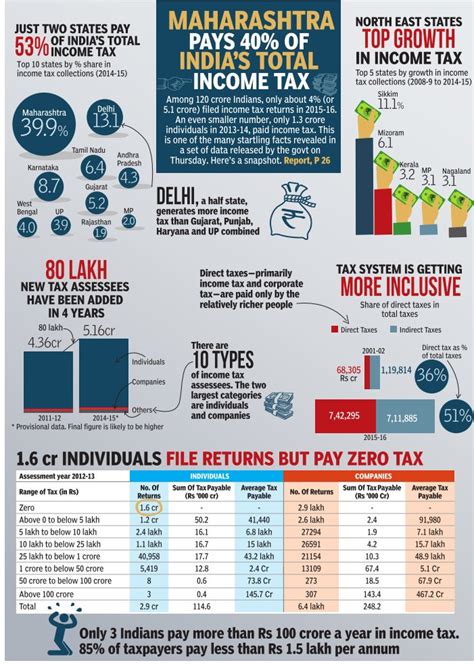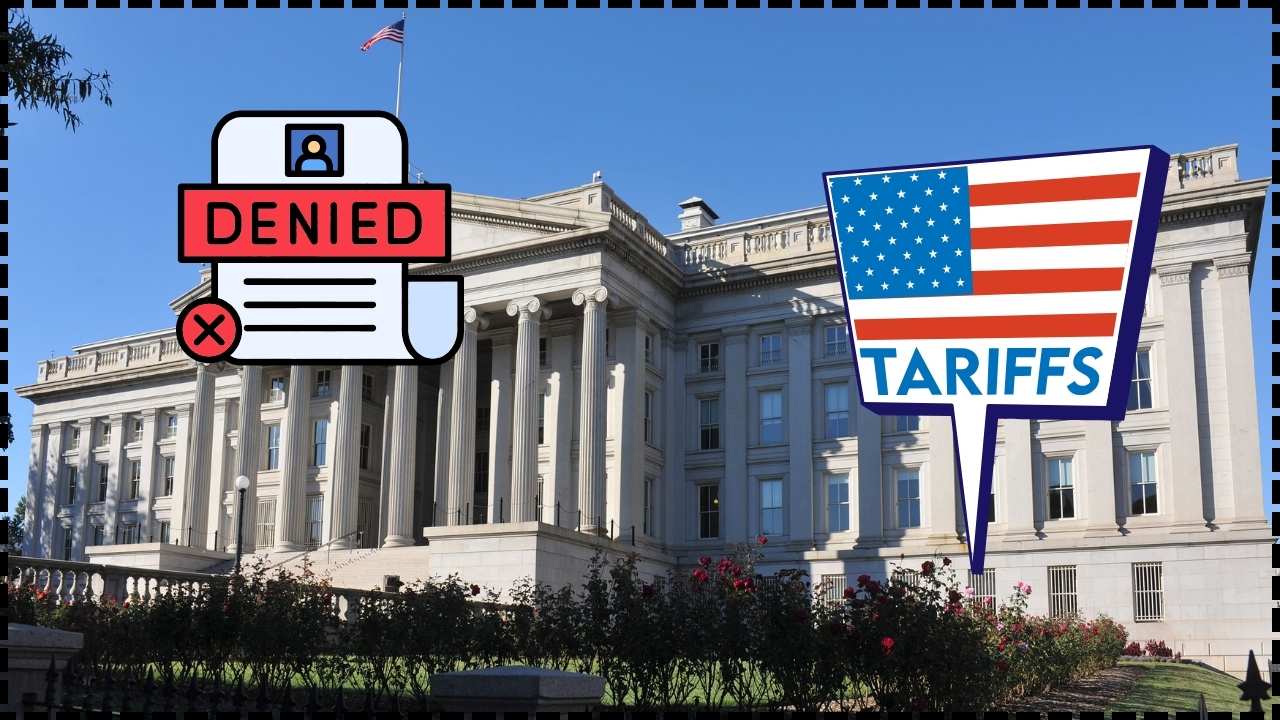
Income Tax Act 2025 Gets President’s Nod: The Income Tax Act 2025 has officially received the President’s assent, and it’s set to replace the 63-year-old Income-tax Act, 1961, starting April 1, 2026. This isn’t just a tweak or amendment—it’s a complete overhaul of India’s income tax framework, something taxpayers and businesses have been calling for over decades. For individuals, professionals, and businesses—whether based in India or working with Indian clients—this Act represents a historic shift. It is designed to simplify compliance, reduce complexity, and bring the system in line with global best practices. If you’ve ever struggled to understand tax jargon or felt overwhelmed by endless paperwork, this reform is essentially India hitting the “reset” button.
Income Tax Act 2025 Gets President’s Nod
The Income Tax Act 2025 is a once-in-a-generation reform. By slashing redundant provisions, going digital-first, and clarifying modern sources of income, it promises to make India’s tax system simpler, faster, and fairer. But the journey won’t be without bumps. Privacy safeguards, administrative efficiency, and taxpayer awareness will determine its success. For individuals, professionals, and businesses, the smart move is to prepare early, stay updated, and adapt quickly.
| Feature | Details |
|---|---|
| Act Assent Date | August 21, 2025 — signed into law by the President |
| Effective Date | April 1, 2026 (applies to income earned in Financial Year 2026-27) |
| Sections Reduced | From 800+ to just 536 |
| Chapters Trimmed | From 47 to 23 |
| Tax Year Concept | Unified “Tax Year” replaces “Previous Year” and “Assessment Year” |
| Exemption Limit | Basic exemption continues at ₹12 lakh |
| Major Focus | Digital-first filing, faceless assessments, speedier refunds |
| Implementation Timeline | CBDT to finalize rules and forms by December 2025 |
| Official Reference | India Code – Official Gazette |
Why This Reform Matters?
To appreciate the significance of the Income Tax Act 2025, you need to understand the burden of the old law. The Income-tax Act, 1961 was introduced when India was a newly independent nation, focused on building its economy. Over time, it was amended almost every year through Union Budgets, leaving behind a bloated, patchwork framework.
According to the National Institute of Public Finance and Policy, tax litigation made up nearly 40% of pending cases in Indian courts, largely due to vague or contradictory provisions in the old law. Ordinary taxpayers often had to rely heavily on accountants just to file returns.
The new Act aims to change that narrative by:
- Simplifying compliance so even first-time taxpayers can understand their obligations.
- Reducing disputes by clarifying definitions and plugging loopholes.
- Digitizing processes to cut down face-to-face interactions with officials.
- Building global trust to attract investment by signaling a predictable, transparent system.
For context, India is home to over 84 million active taxpayers, yet compliance rates lag behind countries like the U.S. and U.K. The government hopes this law will broaden the tax base by making it less intimidating to file.

Major Changes Under the Income Tax Act 2025 Gets President’s Nod
1. One “Tax Year” Replacing Dual Concepts
Under the old Act, income earned in a “Previous Year” was assessed in the following “Assessment Year.” For example, income earned in FY 2024-25 would be taxed in FY 2025-26. This created confusion for individuals and businesses managing multiple sources of income.
From April 2026, the Act introduces a unified “Tax Year” system. This aligns more closely with international practice and makes compliance intuitive: you earn in 2026, you pay taxes in 2026.
2. No New Taxes or Rate Changes
One of the biggest fears whenever a new tax law is announced is higher rates. But the government has retained the existing tax slabs and exemptions. The ₹12 lakh exemption limit stays, giving middle-class families peace of mind.
The focus here is simplification, not revenue extraction. Analysts at PwC India note that this stability will improve investor confidence, especially for global firms that factor taxation into risk assessments.
3. Digital-First and Faceless Assessments
This is one of the most taxpayer-friendly reforms. Traditionally, assessments involved sitting in tax offices, meeting officers, and dealing with layers of bureaucracy. That face-to-face element created opportunities for harassment and corruption.
The new law makes faceless, digital assessments the default. All filings, queries, and disputes will be handled electronically. For taxpayers abroad—such as Non-Resident Indians (NRIs)—this is a game-changer, eliminating the need to travel or hire expensive representatives.
4. Faster Refunds and Extended Filing Window
Refunds have long been a sore point. Under the old system, refunds could take 3 to 12 months. The new Act mandates faster disbursal, with refunds expected to arrive within weeks of filing.
Even if you miss the initial filing deadline, the Act allows late submissions while still processing refunds. This flexibility encourages compliance rather than penalizing small mistakes.
5. Clearer Definitions for Modern Income
The 1961 Act was drafted in a pre-digital world. Today, income flows from cryptocurrencies, NFTs, stock options, and online gigs. The 2025 Act provides explicit definitions for such sources.
- Digital Assets: Clear taxation rules for crypto and NFTs.
- Pension Commutation: Deductions clarified to reduce disputes.
- Business Expenses: Simplified treatment for startups and freelancers.

Privacy and Controversy
While most reforms are welcome, civil society groups and legal experts have flagged concerns. The Act retains provisions allowing tax officers to conduct search and seizure operations if they suspect evasion. Critics argue that in a digital-first age, this could lead to overreach.
A recent report in the Financial Express warned that without strong safeguards, the power to forcibly enter homes or offices could clash with privacy rights. The government, however, insists that safeguards—like mandatory prior notices—will prevent misuse.
Global Comparisons
The U.S. Internal Revenue Code, the UK’s HMRC Making Tax Digital initiative, and Singapore’s streamlined framework all highlight a global trend: simplifying tax compliance.
- U.S.: Average refund timeline is 21 days according to the IRS. India hopes to match that efficiency.
- UK: Digital record-keeping is mandatory for VAT-registered businesses under Making Tax Digital.
- Singapore: Its short, efficient tax code is often cited as a model.
India’s reform is ambitious because it balances scale (serving 1.4 billion people) with simplicity, something few countries have attempted.
Professional and Business Impact
Accountants and Tax Professionals
Simplified law means less time spent decoding legalese, but new systems will require retraining. Many firms are preparing transition boot camps for their staff.
Small Businesses and Startups
Faster refunds free up working capital. Simplified ESOP taxation makes India’s startup scene more attractive for both founders and employees.
Freelancers and Gig Workers
For freelancers earning in dollars via platforms like Upwork or Fiverr, the Act simplifies reporting foreign income. Clearer rules mean fewer headaches during tax season.
Corporates and CFOs
Predictability reduces litigation and improves financial planning. CFOs can now prepare compliance roadmaps with fewer unknowns.

Challenges Ahead
Reforms look great on paper, but the real test lies in execution.
- Digital Divide – Millions of small-town taxpayers lack access to stable internet. The government will need awareness campaigns and support systems.
- Transition Burden – Updating payroll systems, ERP software, and accounting processes will take time.
- Administrative Efficiency – The CBDT will have to deliver simplified forms, FAQs, and timely clarifications to prevent chaos in 2026.
Step-by-Step Guide: Preparing for 2026
Step 1: Track Official Updates
Watch for FAQs and rules on the CBDT portal.
Step 2: Review Deductions and Exemptions
Check your investments, retirement plans, and insurance contributions under the new framework.
Step 3: Digitize Past Records
Scan and save past filings. This will smooth the transition to digital-first systems.
Step 4: Consult Your Tax Advisor
Don’t wait until March 2026. Talk to professionals now to adjust your financial planning.
Step 5: Prepare Businesses for Change
If you run payroll or HR, align systems with the Tax Year concept and new reporting formats.
Real-World Scenarios
- Teacher Refund Example: A teacher who overpays tax in FY 2026-27 gets her refund in just three weeks instead of eight months.
- Crypto Trader Example: A trader declaring NFT sales finally gets clarity on how to categorize income.
- U.S. Company Outsourcing: A startup in New York outsourcing development to India faces less compliance risk with streamlined tax codes.
19 Major Bills Passed Including New Income Tax Act While Opposition Stayed Silent
Big Tax Bill Update – Child Tax Credit Changes Every Family Should Know About










